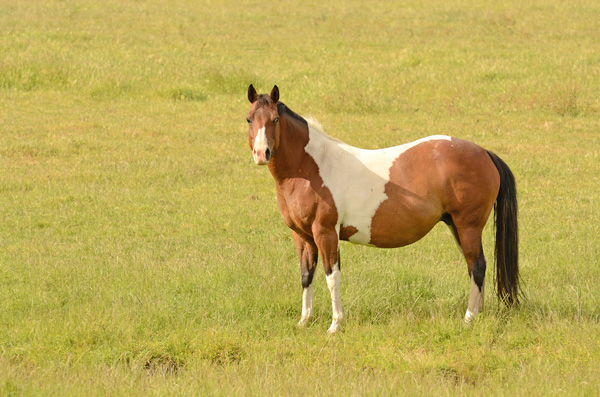
Getting water to the horse tank can be challenging many days during the winter, whether from trying to keep your hydrant unfrozen in extreme weather or trying to keep the hose clear for the next tank refill. If you find yourself draining the hose, fighting with winding it up so you can set it somewhere warm so it’ll be ready for the next use, heat tape or cable might be the solution.
This marvelous invention can be wrapped around a hose or pipe to work like an electric blanket that keeps a hose pliable and the water pipe unfrozen. A thermostat in the “tape” is preset to keep the water temperature around 40-45 degrees Fahrenheit; it is not adjustable.
To apply the heat tape, wrap it in a spiral around the hose or pipe, making one spiral approximately every six inches or so. Try to avoid any twists in the tape as you wrap. Heat cables are round, so they don’t twist as much as heat tape.
In order for heat tape to be most effective, it must also be covered by a layer of insulation. This is accomplished using foam tubing that has a split on one side that enables you to slip it easily over a pipe or hose. To secure the foam tube in place, wrap it with black electrician’s tape (or Gorilla tape) every foot or so–be careful not to compress the foam or you’ll diminish the insulating effect. Wrap the tape in such a way that you don’t compromise expansion of the hose when it’s full of water.
For using heat cable on pipes, the extra insulation is nice, but not necessary. Tapes and cable come in a variety of lengths, so the the one that is suitable for your need, i.e, you don’t need a 100-foot heat cable to wrap your frost-free hydrant that isn’t staying unfrozen.
As an alternative, it is possible to buy electrically-heated hoses that are fabricated with waterproof heater circuits spiraled within the hose and are already insulated. These just plug into a GFI outlet and are ready to go. The heating element in these hoses activates when temperatures are near or below freezing.
Keep in mind that all of these devices require electricity and need to be treated with respect to avoid electrical shock.


